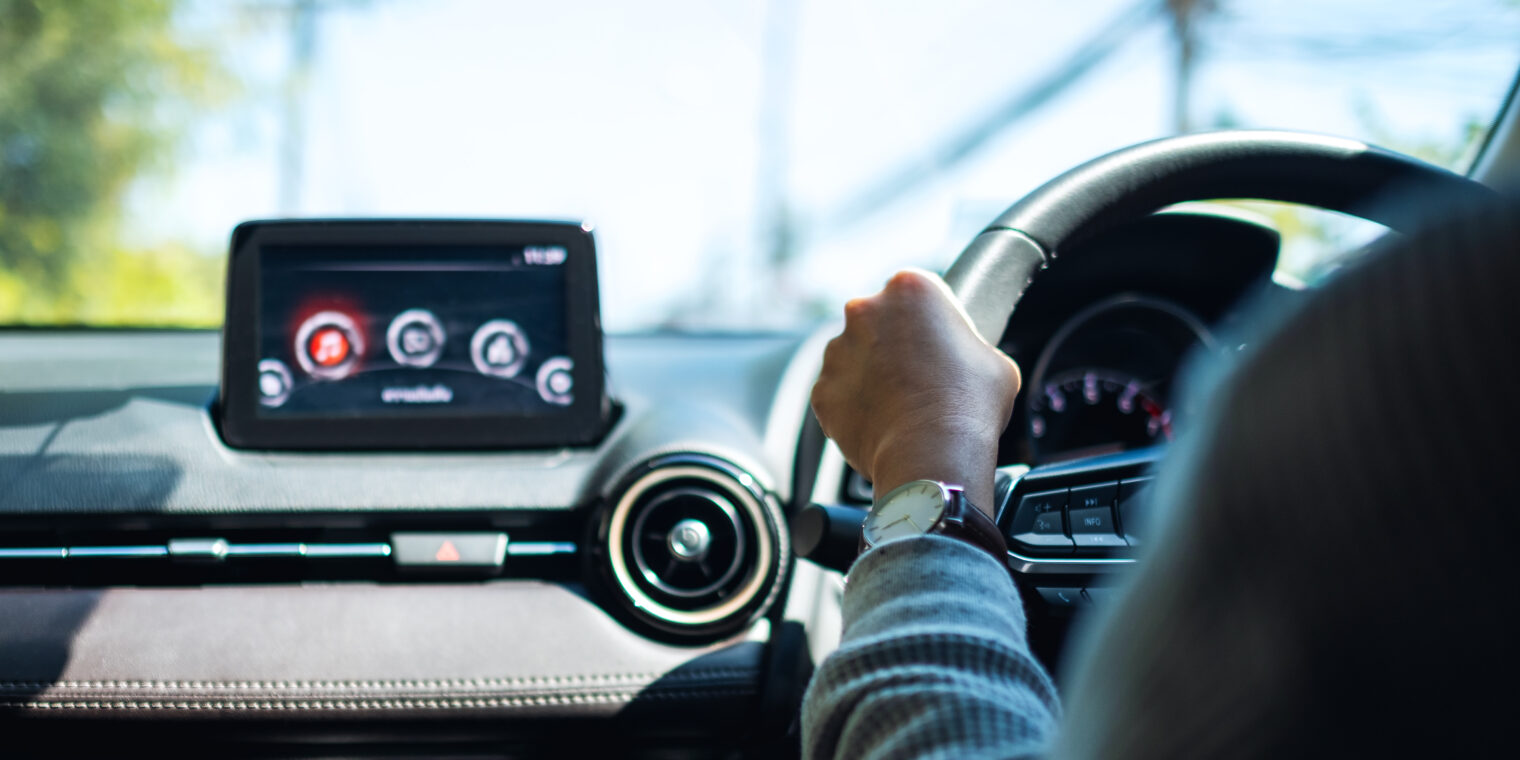The automotive industry has seen significant technological evolution since the first horseless carriage rolled out in the late 19th century. What was once a simple machine for transportation has transformed into a marvel of engineering, incorporating cutting-edge technology to improve safety, performance, and convenience. Today’s cars are no longer just vehicles to get from one place to another; they are sophisticated pieces of machinery that continue to evolve with each passing year.
The Early Days of Automotive Innovation
The journey of car technology began with the invention of the automobile itself. In 1885, Karl Benz created the first practical gasoline-powered car, the Benz Patent-Motorwagen. This innovation set the stage for what would later become the modern car. Early cars were relatively simple mechanical devices that required a lot of manual operation. However, as the demand for cars grew, so did the need for innovations to make driving easier, safer, and more efficient.
The Birth of Mass Production and Early Technological Milestones
The next major leap in automotive technology came with Henry Ford’s introduction of the assembly line in 1913. This allowed cars to be produced faster and at a lower cost, making automobiles accessible to a broader segment of the population. By 1927, the Ford Model T became the first car to be mass-produced and sold to the public on a large scale.
During the mid-20th century, key advancements began to shape the car’s design and functionality. The introduction of automatic transmissions in the 1940s allowed for easier driving, while the development of power steering and power brakes in the 1950s reduced the physical effort required to drive. These innovations paved the way for more comfortable and user-friendly vehicles.
The Digital Revolution: Computers and Electronics Enter the Car
As computers began to proliferate in the 1980s and 1990s, so did their integration into automobiles. The advent of onboard computer systems allowed for more sophisticated engine management, leading to improved fuel efficiency and emissions control. This era also saw the introduction of airbags, ABS brakes, and traction control systems, all of which improved the safety of the modern vehicle.
In the 21st century, car manufacturers began integrating even more advanced technology into their vehicles. GPS navigation systems, infotainment systems, and Bluetooth connectivity became standard features in many vehicles. The rise of electric cars, such as those produced by Tesla, also revolutionized the way we think about automotive power and sustainability. Electric motors and rechargeable battery packs have led to a new wave of environmentally-friendly vehicles, with the promise of reducing carbon emissions and dependence on fossil fuels.
The Future of Automotive Technology
The future of car technology is focused on autonomy, connectivity, and sustainability. Autonomous vehicles, or self-driving cars, are perhaps the most exciting and controversial development in the industry. Companies like Waymo and Tesla are working on vehicles that can drive themselves, eliminating the need for human drivers. These vehicles use a combination of sensors, cameras, and artificial intelligence (AI) to navigate the roads safely.
In addition to autonomy, connected cars are becoming increasingly common. Vehicles now feature advanced telematics systems that allow drivers to connect their smartphones, control vehicle settings remotely, and even communicate with other vehicles on the road to improve safety.
Sustainability remains a top priority, with car manufacturers investing heavily in electric vehicle technology, hydrogen fuel cells, and alternative fuels. These innovations are helping to reduce the environmental impact of transportation while creating more efficient and sustainable modes of travel.
Conclusion
From the first gasoline-powered car to today’s self-driving electric vehicles, the evolution of car technology has been nothing short of remarkable. With each new development, cars become smarter, safer, and more efficient, continuing to transform the way we live, work, and travel. As we look to the future, one thing is certain: the automobile will continue to evolve, and the innovations we see today will be only the beginning of what’s to come.

